During Day 3, I continued with photocopying and printing my first Palimpsest collages (ranging from dark to light colour tones). I used a range of different materials, such fabric, and ribbons, and see through tracing paper and laminated paper. I also used cartridge paper from my A3 art folder.
Firstly, I introduced fabric and ribbons. I was attracted to the curves and thin arching shapes that I was cutting and arranging on my first collage, and immediately thought of outstretched flying ribbons, and then using fabric.
So on Thursday, I bought in some found scrap objects, (red chiffon, and felt, and ribbons) to repurpose. The red chiffon fabric, and ribbons had been used for student costumes that I had designed and sewed for a Chinese Fan Dance. Instantly, I felt the vibrant red would connect to my collage colours, and the sheerness of the material could be a possibility as a reusable Palimpsest product. I imagined altering the assemblage by glueing and layering the ribbons and fabric pieces to my collage.
First, I tried threading the ribbons and fabric through my first collage and draped the offcut pieces around the pins that held up my photocopies. Then, I photocopied them arranged on the machine. It came apparent to me that I did not like the flatness of the photocopied ribbons, even though I spent time cutting them out and playing with their shapes. This led me to a desire to find other printing forms and paper. So, I changed from the photocopier paper that I was printing onto, to… the transparent tracing and laminating papers, and cartridge paper from my art folder. These gave me a totally different effect.
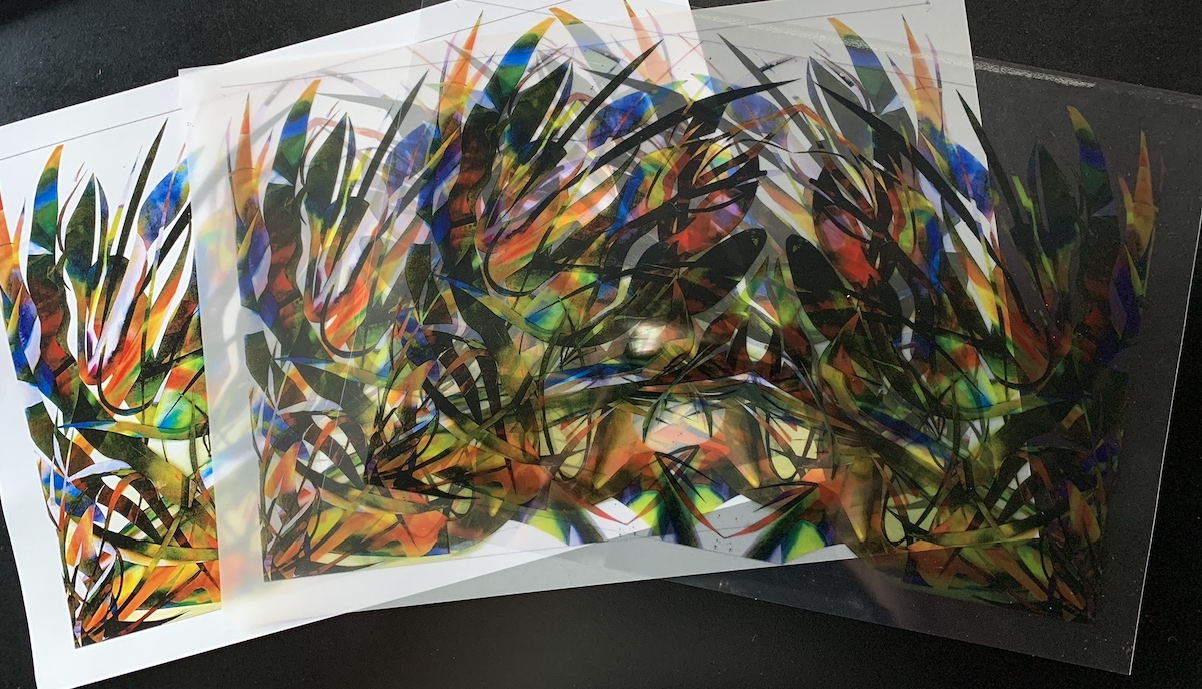
Above: Collage Process – Cutting, Glueing / Strategies: Repetition, Addition, Overlaying, Reprocessing (through the photocopier). Three layers of my collage: 1. A resized A4 Medium Tone Photocopy of my A3 College / 2. A4 Tracing Paper / 3. A4 Transparent Paper.
Visual Art Strategies: Collage, Repetition, Addition, Overlay, Reprocessing. Below are new reprocessed A4 images of my collage. Yet, the visual imagery of them has changed from the original. This time, I experimented by overlaying on top of the darker or lighter image one or two layers of see through laminated paper, or a translucent tracing paper. Therefore I was using the strategies of repetition, adding, and overlayering, yet also I was reprocessing the repeated image on top to create a more 3 dimensional effect.
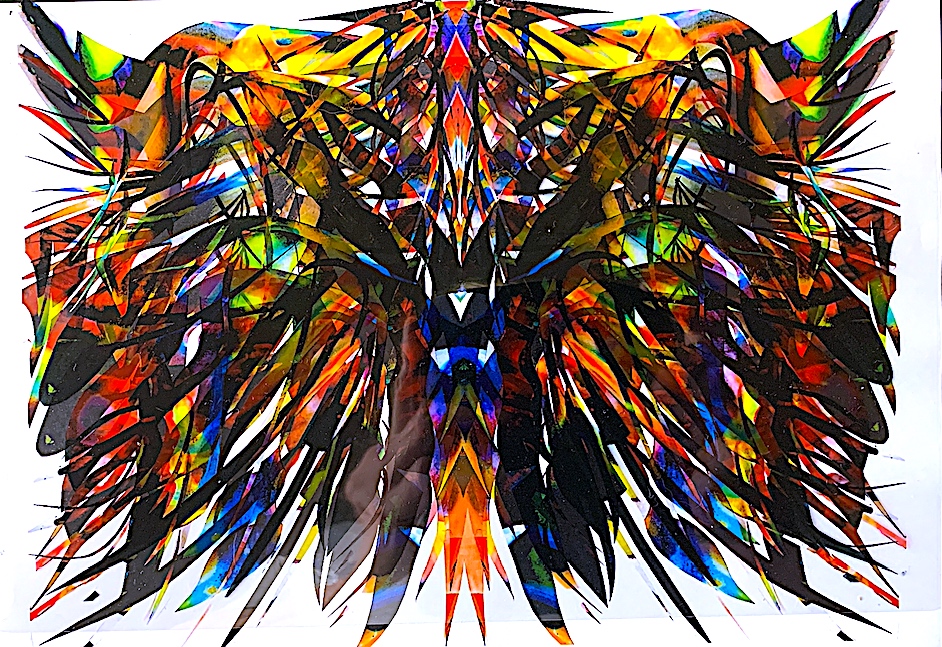
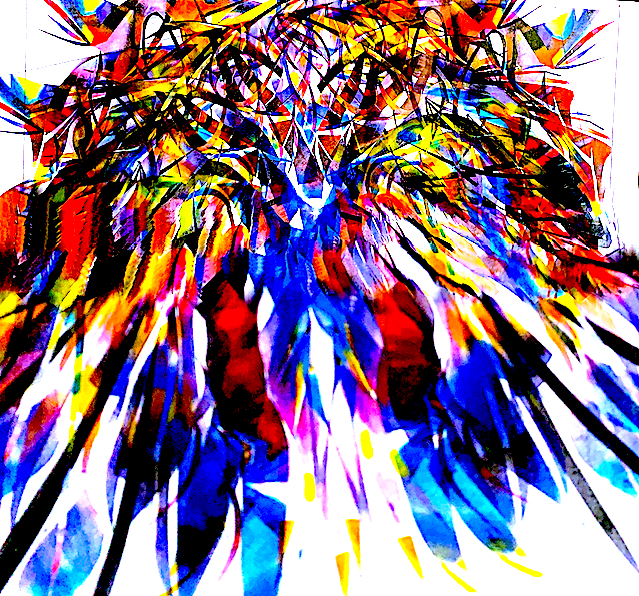
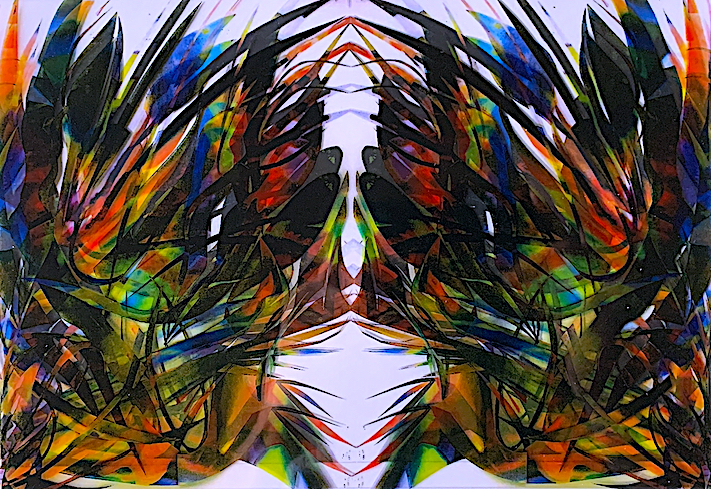
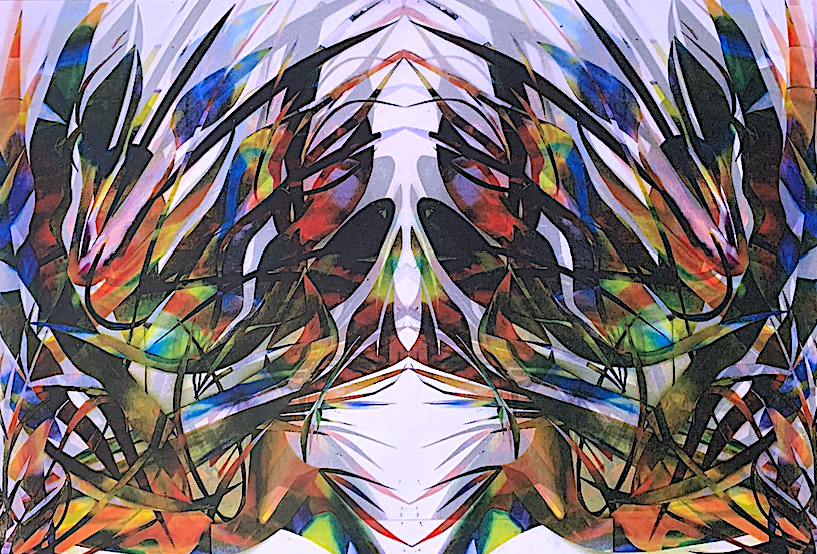
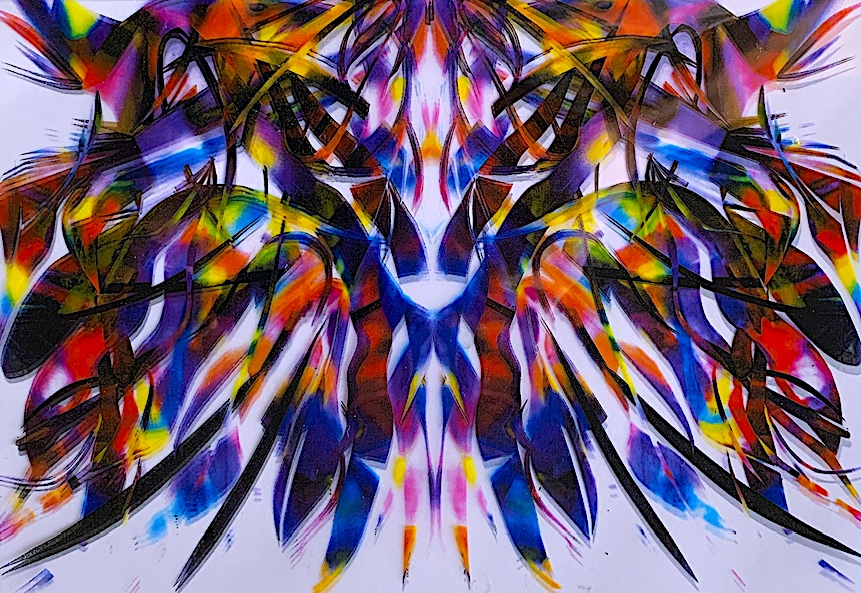
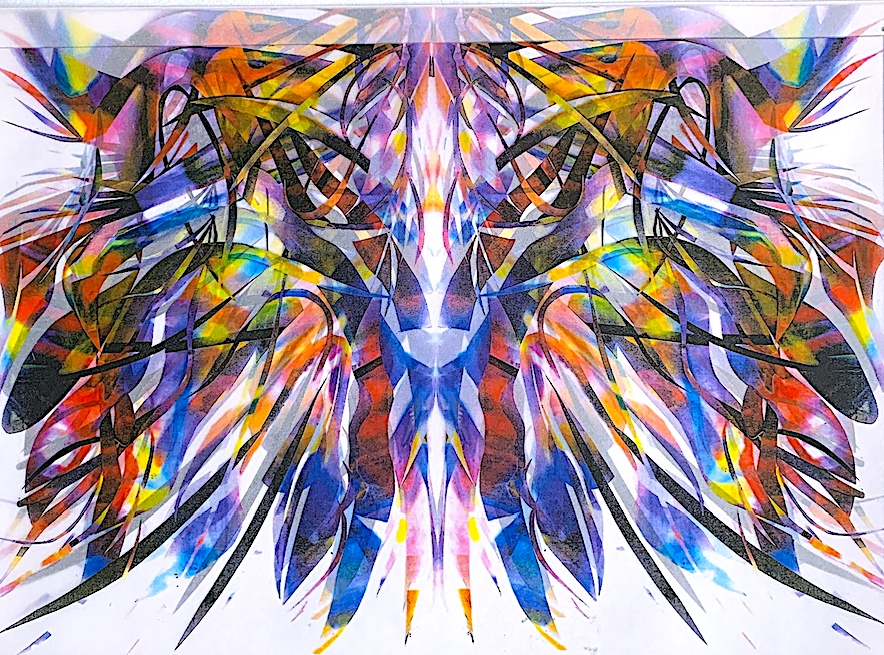
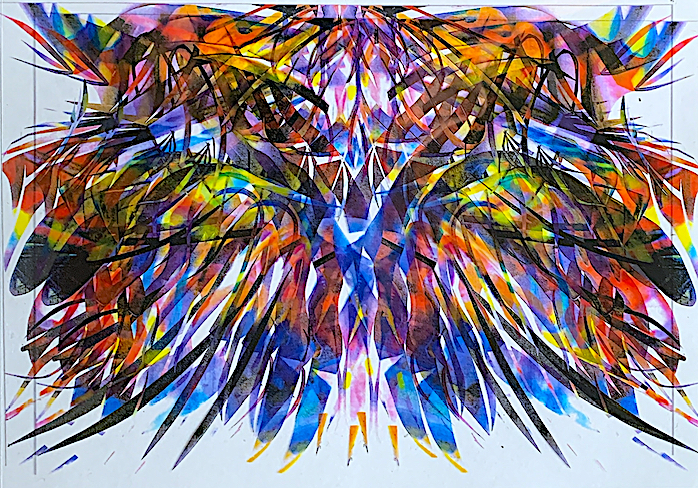
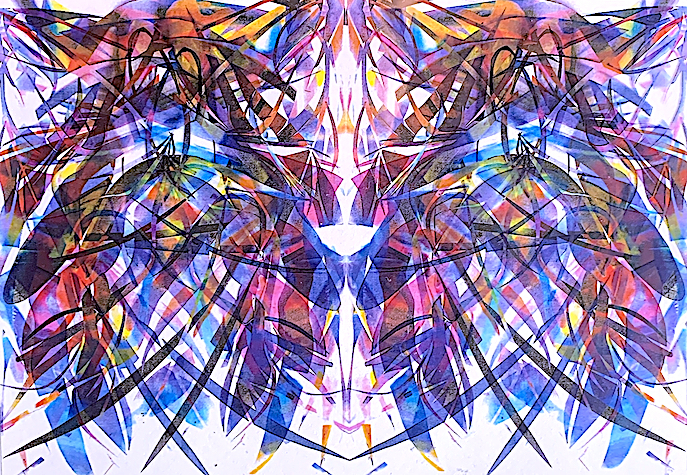
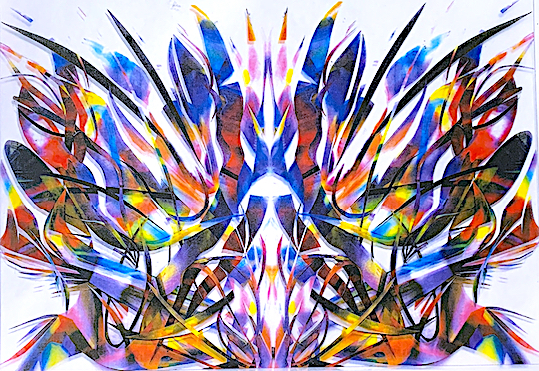
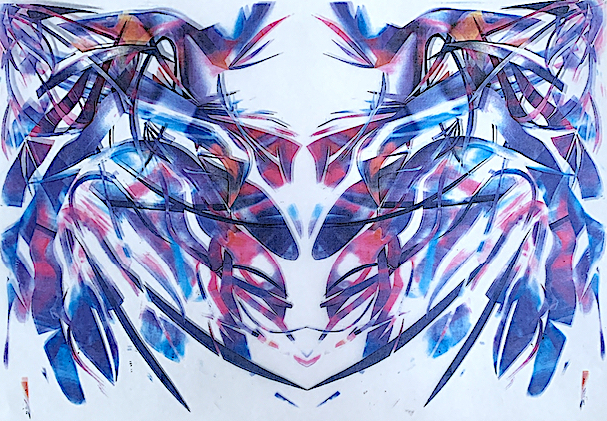
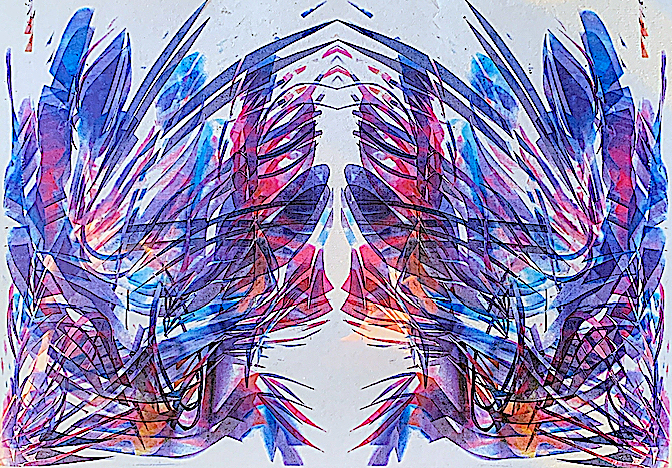
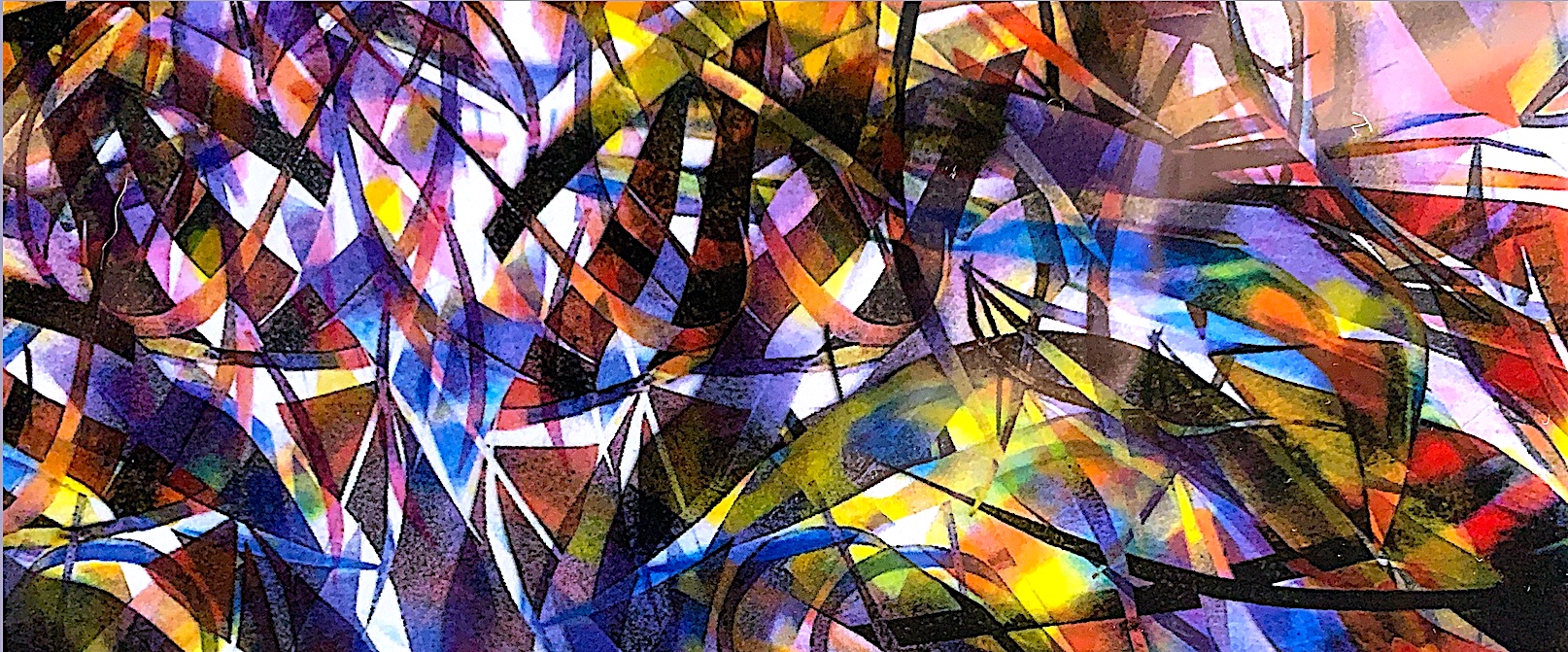
This close up print image (above), I like very much because it has become a painterly abstraction. This is a direction that I would like to explore, because I enjoy finding line, shape and colour that moves, shifts and creates depth on a flat plane surface.
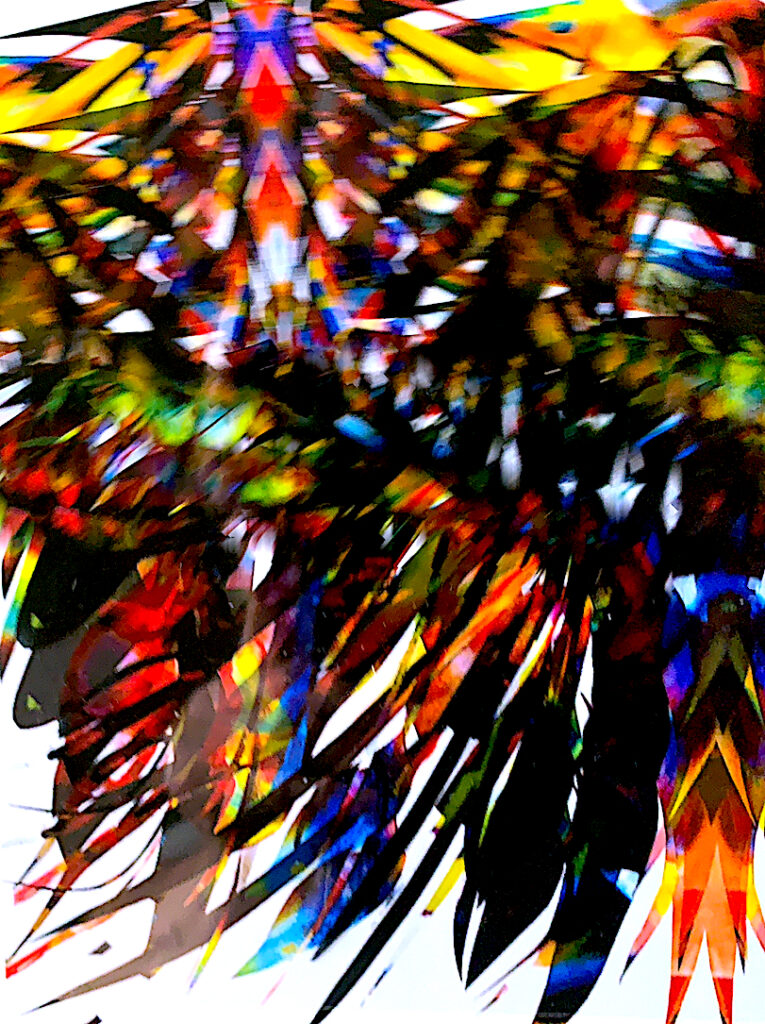
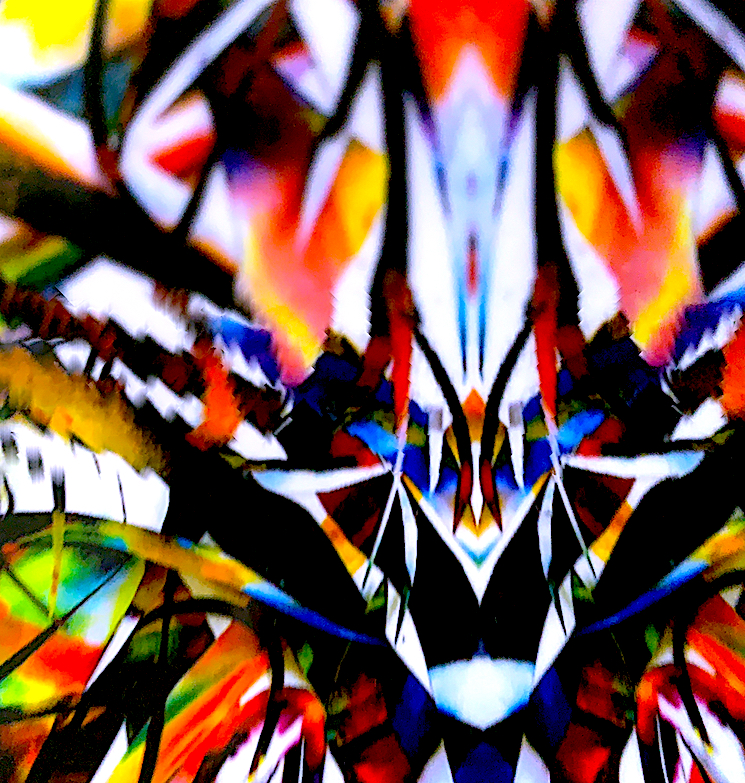
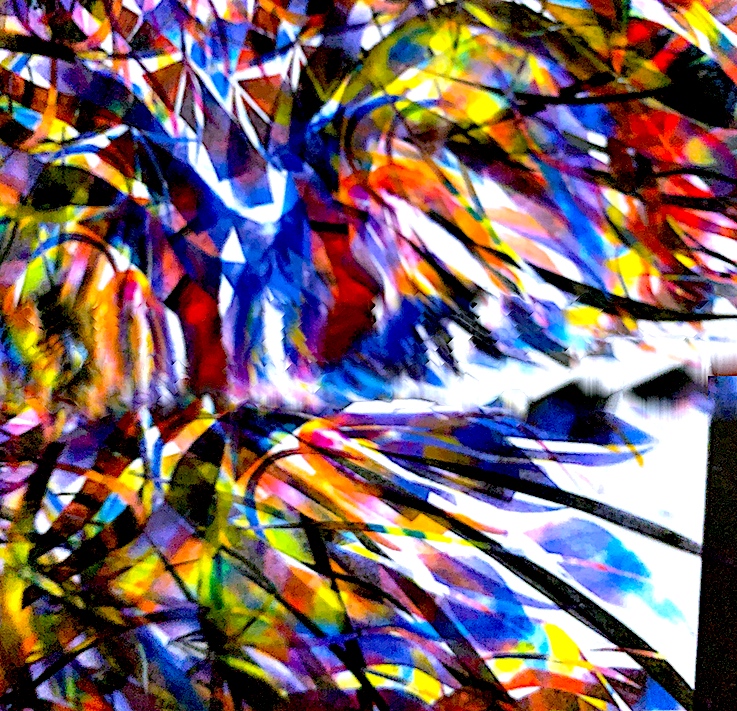
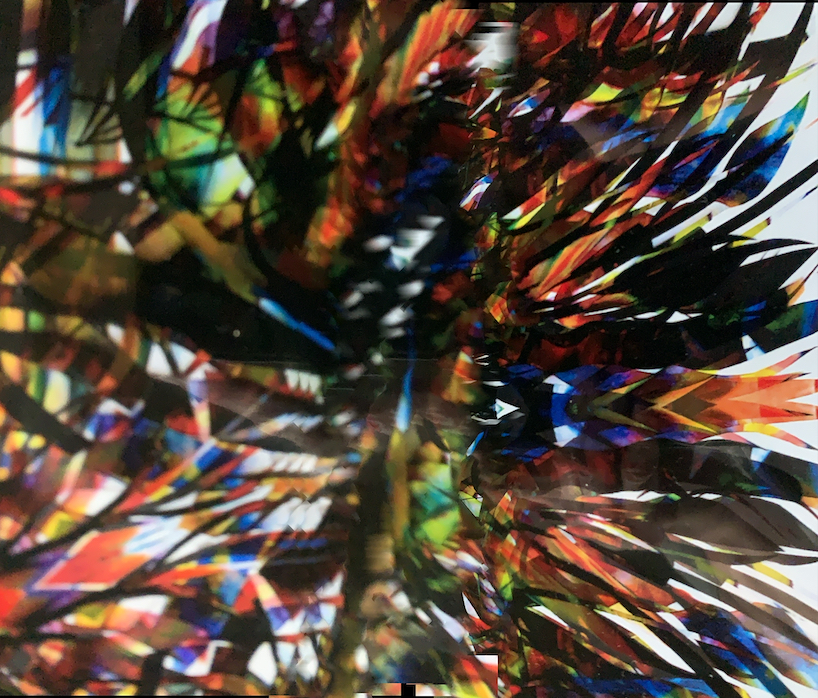
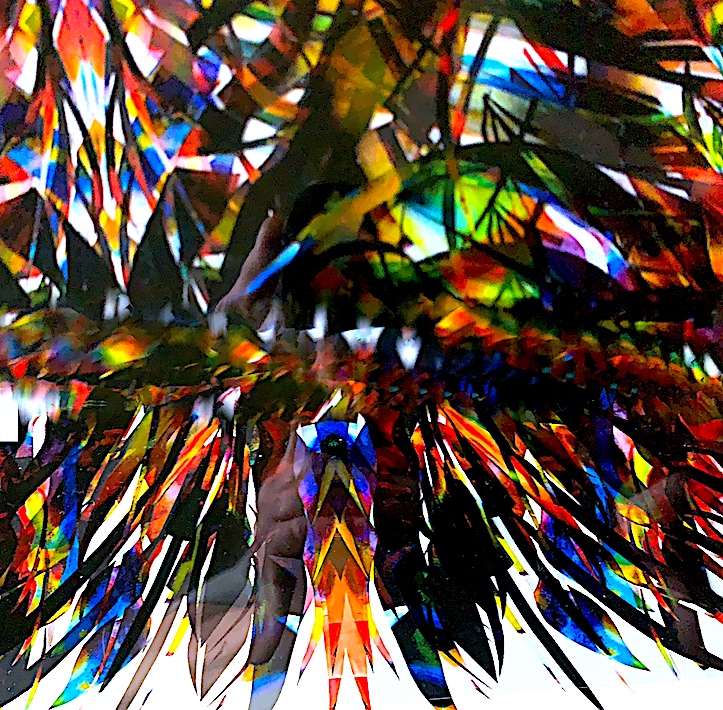
Shifting the image sideways or up and down on the photocopier, as above, also gave the work more repeated lines and shapes, making the image blur, and almost move.
My next step was to introduce and use the addition strategy of adding found object shapes. I am interested in nature, and how time, and the elements can erode natural objects such as sea shells. I have added photocopies (see below). I like how the 3 dimensional forms create a more rounded form. They are layered under and over my transparent collages, and the original (Light coloured) collage sits at the bottom as a base.
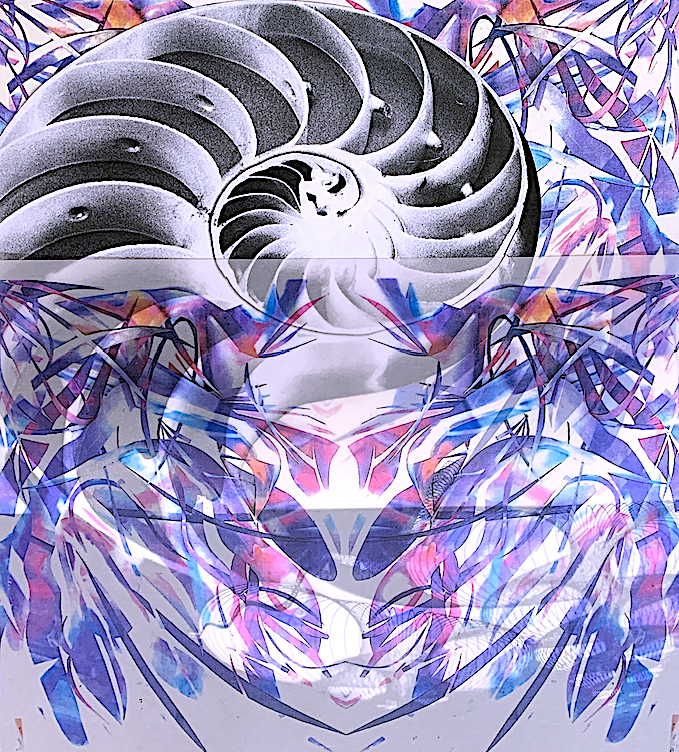
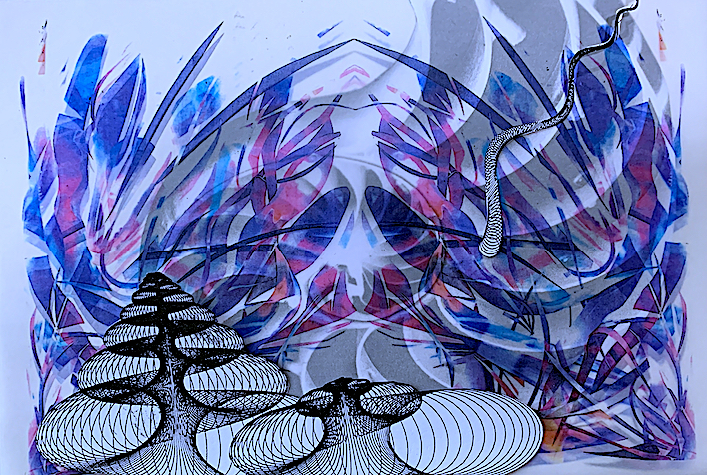
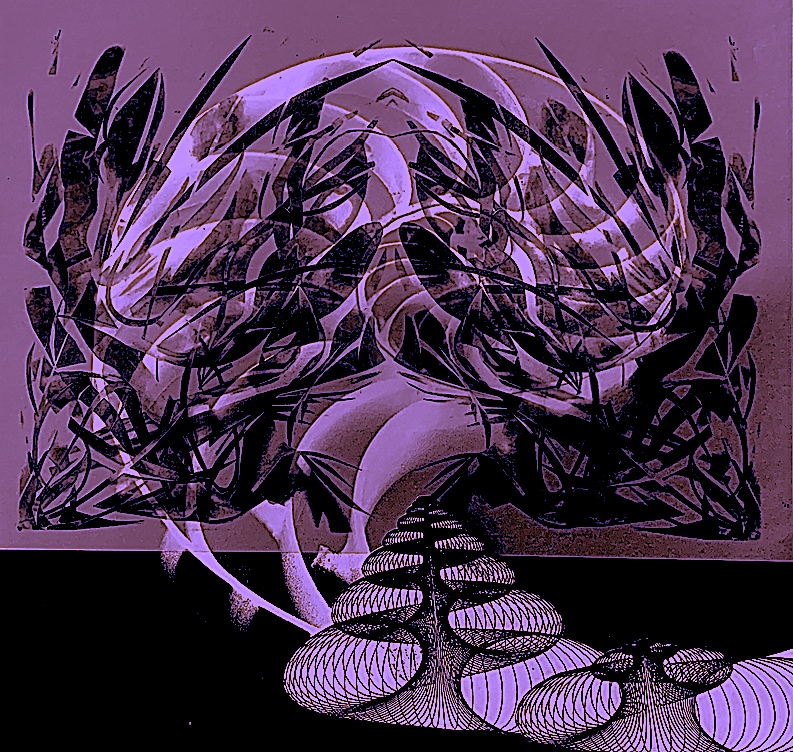
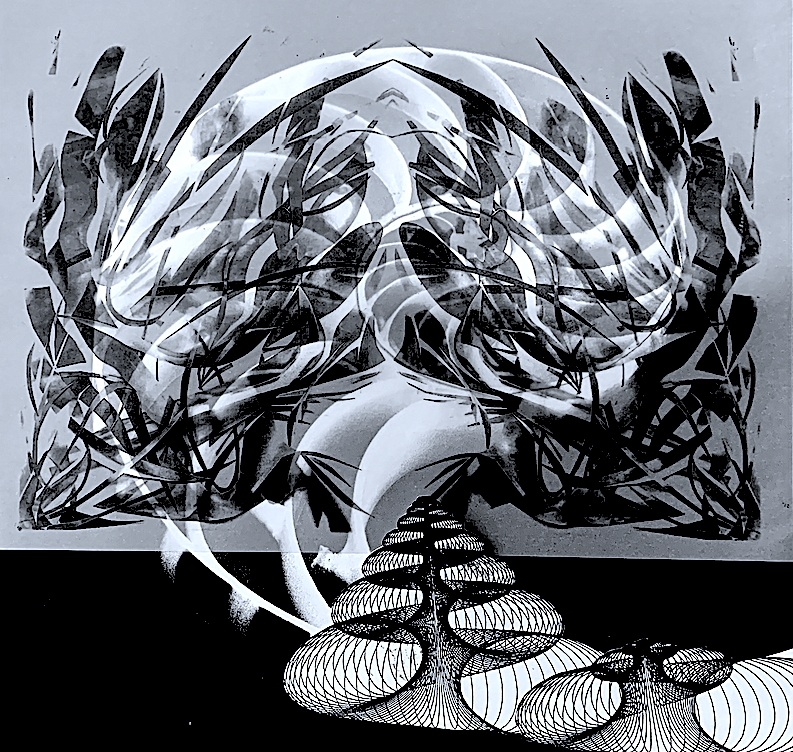
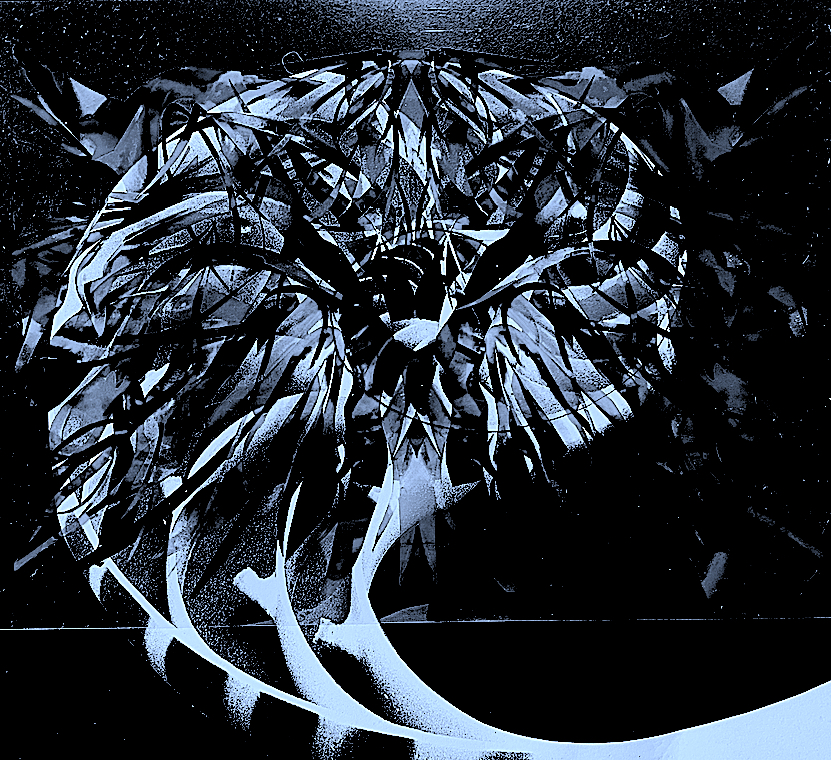
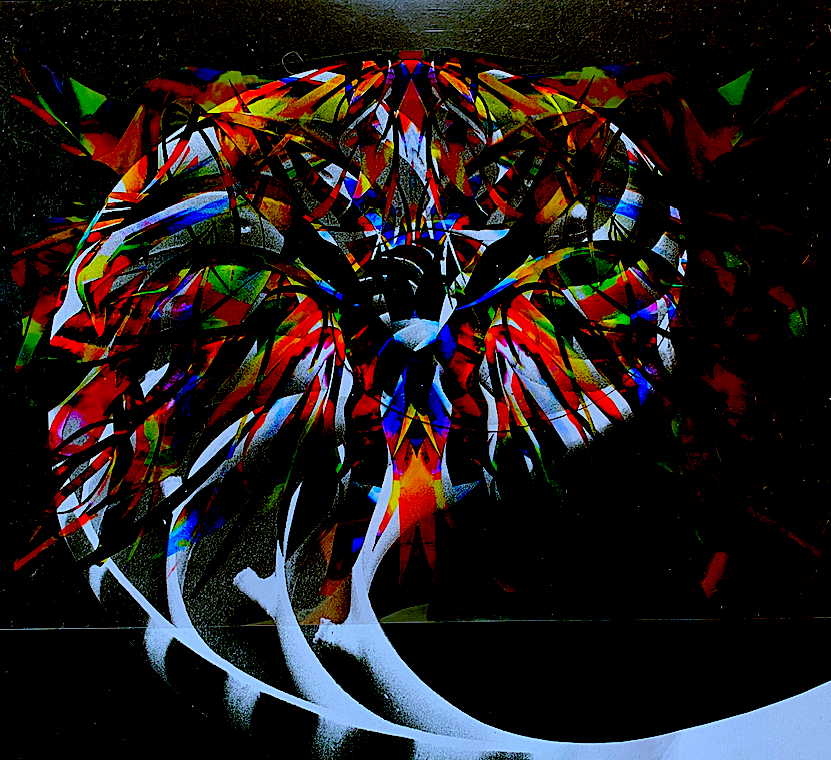
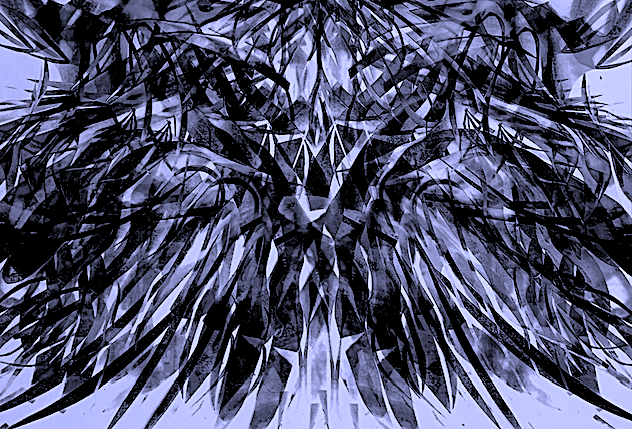
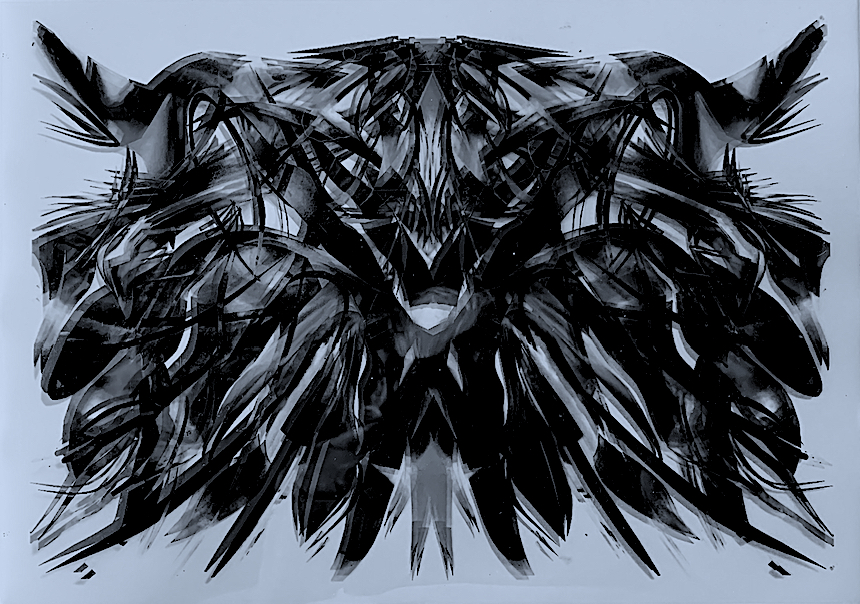
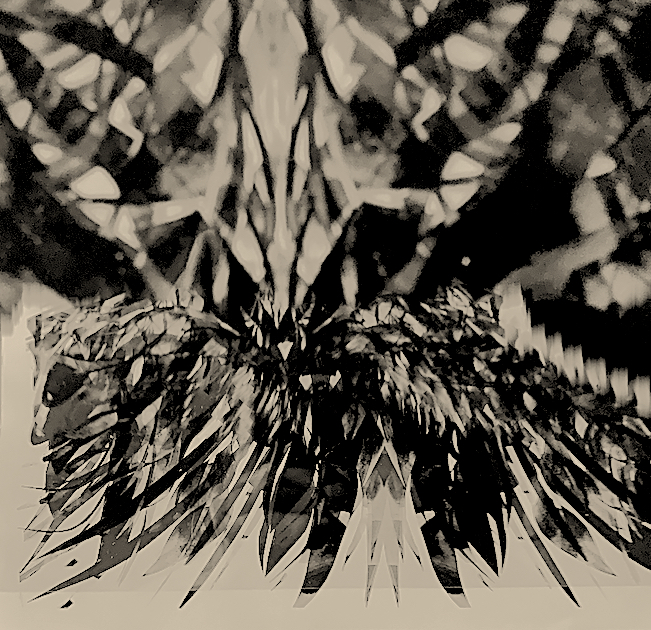
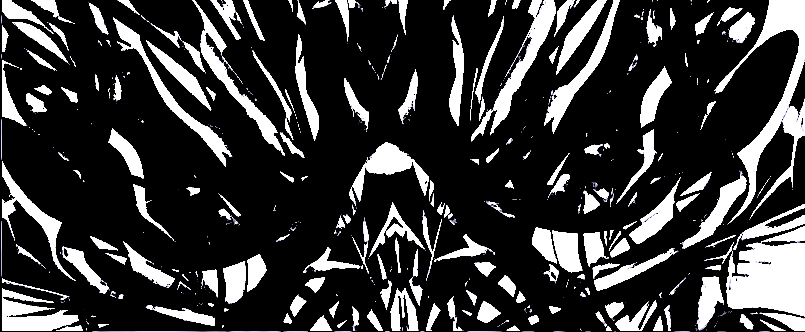
My next strategy step is use addition, (and perhaps subtraction) by drawing.
